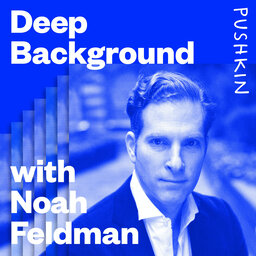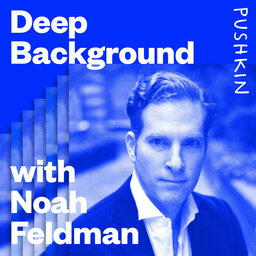How to Safely Reopen Schools
Deep Background with Noah Feldman
Behind every news headline, there’s another, deeper story. It’s a story about power. In Deep Background, Harvard Law School professor and Bloomberg Vi…169 clip(s)
Loading playlist
Dr. Sean O'Leary, a professor of pediatric infectious diseases at the University of Colorado and the vice chair of the American Academy of Pediatrics’ Committee on Infectious Diseases, discusses what factors school officials should consider when deciding whether or not to reopen schools for in-person learning.
Learn more about your ad-choices at https://www.iheartpodcastnetwork.com
 Deep Background with Noah Feldman
Deep Background with Noah Feldman


